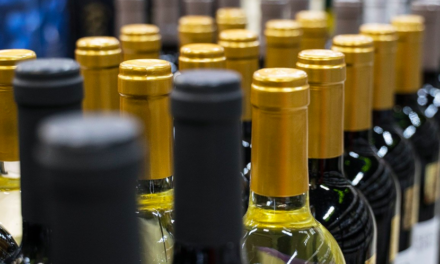Choosing Cookware That’s Safe and Sustainable
In the world of culinary creations, the choice of cookware goes beyond aesthetics and functionality; it delves into health considerations and sustainability. With a plethora of options ranging from stainless steel and glass to ceramic and Teflon, selecting the healthiest and most sustainable cookware becomes a nuanced decision.
Understanding the Basics: Ceramic vs. Teflon
While the ceramic and Teflon (PTFE) cookware options vie for attention on store shelves, health-conscious consumers are left to ponder the safest choice. Teflon, renowned for its nonstick properties, has raised concerns regarding the chemicals used in its coating, notably perfluorooctanoic acid (PFOA), which has been associated with cancer.
Ceramic cookware, on the other hand, is crafted from a sand derivative, presenting a slick, nonstick finish without the contentious chemical history of Teflon.
Decoding Healthier Choices: Glass and Stainless Steel
Amidst the myriad of options, the healthiest choices, as endorsed by experts, emerge as glass and stainless steel. Jim Perko, Executive Chef at the Cleveland Clinic’s Center for Integrative & Lifestyle Medicine, advocates for the use of glass or Pyrex and stainless steel pots and pans for their long-term health benefits.
The health quotient is closely tied to the coatings applied to the cookware. Ceramic cookware, while relatively safer at higher temperatures, may pose concerns if coated with materials containing heavy metals. In the Teflon realm, the chemical PFOA has been banned since 2014, but newer products utilize PFAs, with potential health implications.
Balancing Sustainability: Tips for Cookware Maintenance
The sustainability of both ceramic and Teflon cookware pivots on proper care. Recommendations include avoiding high heat, searing, and abrasive scrubbing. The use of metal utensils on such cookware is discouraged. These practices help maintain the longevity and safety of the coatings.
Safety First: Cookware Safety Tips
Beyond coating considerations, attention to the base material is crucial. Julia Zumpano, a registered dietitian with the Cleveland Clinic Digestive Disease Institute, emphasizes limiting exposure to chemicals like PFOA and PFAS. She suggests exercising caution with aluminum-based cookware, recommending anodized aluminum due to its non-reactivity with acidic foods.
Jim Perko echoes the sentiment, asserting the safety of glass, Pyrex, and stainless steel cookware. Cast iron is deemed safe if not used for high-temperature cooking or frying. The overarching advice is to avoid high heat, especially when cooking animal proteins.
In the quest for healthier cookware choices, the bottom line emerges: prioritize the base material over coatings. Opt for glass, Pyrex, and stainless steel to infuse health-conscious cooking practices into your culinary repertoire. With careful consideration and informed choices, the kitchen can become a sanctuary of both taste and well-being.










